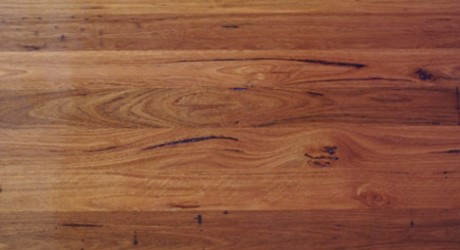
BLACKBUTT TIMBER FLOORING AND DECKING
EUCALYPTUS PILULARIS.
A moderate to large tree, attaining 40 to 60 m in height and 1 to 2 m in diameter. Blackbutt has a straight slender trunk, circular in cross-section. The bark on the lower part of the trunk is dark grey-brown in colour, fibrous and fissured.
Typical smooth gum type bark occurs on branches and the uppermost part of the trunk. Found in coastal regions from southern New South Wales to Maryborough, Queensland. Plantation-grown timber
The Blackbutt woods appearance is pale brown with a faint tinge of pink when freshly cut.
Sometimes the sapwood is indistinguishable from the heartwood, but usually it is slightly paler in colour.
Durability above-ground. Class 1 – life expectancy over 40 years. Durability in-ground. Class 2 – life expectancy 15 to 25 years. Lyctine susceptibility. Sapwood is not susceptible to lyctine borer attack. Termite resistance. Resistant.
Blackbutt will readily accept paint, stain and polish. High tannin and extractives content can result in staining of painted surfaces exposed to the weather.
Blackbutt is used as timber in wharf and bridge construction, railway sleepers, cross-arms, poles, piles, mining timbers.
Blackbutt is not recommended for poles in-ground in pole frame house construction.
As unseasoned, sawn timber in general house framing, fascia and barge boards and as seasoned dressed cladding, internal and external flooring, lining and joinery. Also in fencing, landscaping and retaining walls. Decorative. Internal quality furniture, outdoor furniture, and parquetry. Janka Rating 9.1
